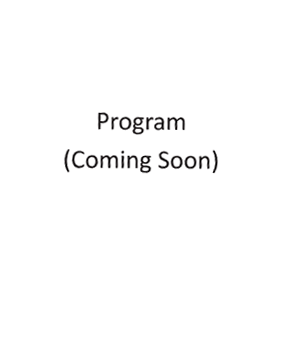Back
Panel Proposals
New ESOP Considerations
Building the Future: The Rise of ESOPs in the Construction Industry
Wednesday, April 16, 2025
4:00 PM - 5:00 PM MST
Location: 254
CE: 1
CE Type: CPE, SHRM
Education Level: For All levels
Education Level: For All levels

Matthew L. Drake, n/a
Partner & Co-Founder
BaseRock Partners
Denver, CO
Leah Turnbull (she/her/hers)
Managing Director and National ESOP Practice Lead
BMO
Atlanta, GA
The construction industry is experiencing a rapid shift toward employee ownership through employee stock ownership plans (ESOPs), now accounting for 30% of all new ESOPs in the US. Despite representing just 16% of total ESOPs, construction companies are leading the way in this transformative trend.
In this session, we will explore the driving forces behind the industry's adoption of ESOPs, supported by exclusive data and expert insights from industry stakeholders, including lenders, sureties, and CPAs. Attendees will gain a deep understanding of why ESOPs are becoming a preferred ownership transition strategy in construction and how this shift is reshaping the future of the industry.
You’ll learn about the key benefits of ESOPs, the unique challenges construction companies face during this transition, and the critical components needed for success, including bonding and surety requirements, lender expectations, and the importance of a strong management team. This session will also provide perspectives from key industry players who have firsthand experience with the rise of ESOPs in construction.
Whether you're exploring ownership transition options or looking to stay ahead of industry trends, this session will offer valuable insights into the future of ESOPs in construction. Don't miss this opportunity to learn how ESOPs can secure the legacy of your company while creating long-term value for employees.
NCEO Article: Article TITLE
In this session, we will explore the driving forces behind the industry's adoption of ESOPs, supported by exclusive data and expert insights from industry stakeholders, including lenders, sureties, and CPAs. Attendees will gain a deep understanding of why ESOPs are becoming a preferred ownership transition strategy in construction and how this shift is reshaping the future of the industry.
You’ll learn about the key benefits of ESOPs, the unique challenges construction companies face during this transition, and the critical components needed for success, including bonding and surety requirements, lender expectations, and the importance of a strong management team. This session will also provide perspectives from key industry players who have firsthand experience with the rise of ESOPs in construction.
Whether you're exploring ownership transition options or looking to stay ahead of industry trends, this session will offer valuable insights into the future of ESOPs in construction. Don't miss this opportunity to learn how ESOPs can secure the legacy of your company while creating long-term value for employees.
NCEO Article: Article TITLE
Learning Objectives:
- Describe the key factors driving the rapid adoption of ESOPs in the construction industry and explain why construction companies are increasingly choosing ESOPs over traditional ownership transition methods.
- Identify the critical components involved in structuring a successful ESOP for a construction company, including bonding and surety requirements, lender expectations, and the importance of having a strong management team.
- Evaluate the future trends of ESOPs in the construction sector by analyzing current industry data and insights from key stakeholders, and apply this knowledge to assess potential opportunities for your company within the next 5 years.

